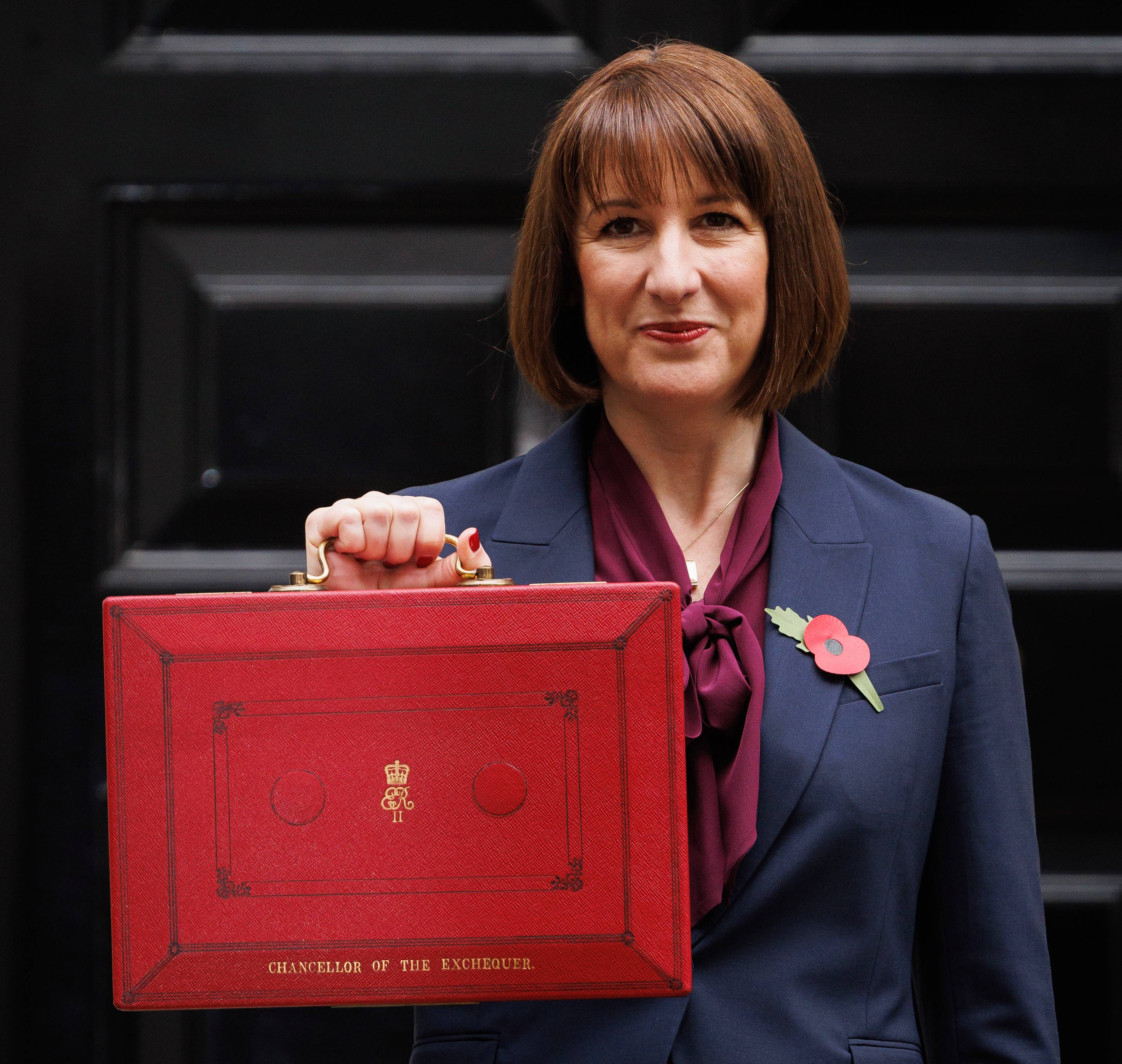The Autumn Budget sets the tone for the economic and policy environment that charities will face over the coming years. In this recording of the Rathbones Charity Expert Series webinar, we explore what the Chancellor’s announcement in November 2025 means for the sector - looking not only at the immediate impact but also at the financial and operational implications for 2026 and beyond.
Autumn Budget 2025: What it means for charities
The Chancellor's autumn statement arrives at a critical moment for the voluntary sector. Demand for support is rising, fundraising conditions remain challenging, and policy decisions made this week will shape the financial realities facing charities for years ahead.

Article last updated 27 November 2025.
Against this backdrop of fiscal constraint and social need, the Budget signals an environment where resilience, long-term thinking and careful stewardship will matter more than ever.
While headline measures are not sector-specific, their knock-on effects will be felt across charities of all sizes — particularly those delivering frontline services, managing endowments, or supporting communities where public funding has weakened.
What the Budget contains
The Government has confirmed a Budget weighted toward revenue generation rather than new spending. Measures include:
- Extending the freeze on personal income tax thresholds and N.I. contributions by three years through to 2030–31: increasing tax take through the process known as fiscal drag
- Increases to dividend and savings tax rates and pension-related allowances which may influence individual giving and long-term donor behaviour
- Changes to cash ISA subscription limits for the under-65s
- A council tax surcharge on properties worth more than £2mn, known colloquially as the Mansion Tax
- An end to the two-child benefit cap and increase to the national minimum wage to support low-income individuals and families
This comes after more than a decade of declining real-terms local authority budgets, with many councils either reducing grants to voluntary organisations or withdrawing from commissioning altogether. Research already shows that over two-fifths of charities receive contracts that do not cover the true cost of delivery — a trend that could deepen if funding remains restricted.
Implications for the charity sector
Today’s budget will offer some relief to low-income families with the abandonment of the two-child benefit cap and increase to the minimum wage. “The lifting of the two-child benefit cap could be significant in tackling deep health inequalities. It will take hundreds of thousands of children out of poverty.” according to the King's Fund. Yet for the charity sector as a whole, the Budget represents less a seismic shift and more a continuation of many structural headwinds.
Operational and staffing cost pressures persist with charities still dealing with recent increases to employer NICs. While the increase to the minimum wage is welcome, it should be recognised the additional funding pressure this will place on the sector.
Charities rely on donations. A welcome announcement was the introduction of the Charity VAT Tax Relief supporting the donations of goods from businesses for use by charities. However, donor behaviour is likely to be impacted as more people are drawn into higher tax bands due to the freezing of income tax banks. As individuals face reduced take-home pay through the fiscal drag, discretionary giving may fall — particularly for regular giving schemes and smaller donations.
The overall tax burden is forecast to increase from 36.% of GDP in 2025-26 to 38.3% in 2030-31 according to the Institute of Fiscal Studies (IFS) .
Public sector funding uncertainty
With councils already experiencing significant financial strain, further pressure on public budgets risks limiting grants, delaying commissioning cycles and shifting cost burdens back onto providers. The Civil Society Group warns that inadequate support for local authorities suppresses preventative work, raises long-term costs and undermines community infrastructure.
A moment to reaffirm purpose, not step back
The Budget may not deliver immediate relief — but it reinforces something charities already understand: the work they do has never been more necessary.
In this climate, long-term financial resilience is not a defensive response. It is a form of mission protection. A charity capable of weathering volatility is one that can continue to deliver impact where others cannot. Investing responsibly, stewarding capital with care and planning for sustained delivery are essential to safeguarding purpose.
Rathbones has supported charities for more than a century. Our belief is simple: when organisations are financially strong, communities are stronger too.




